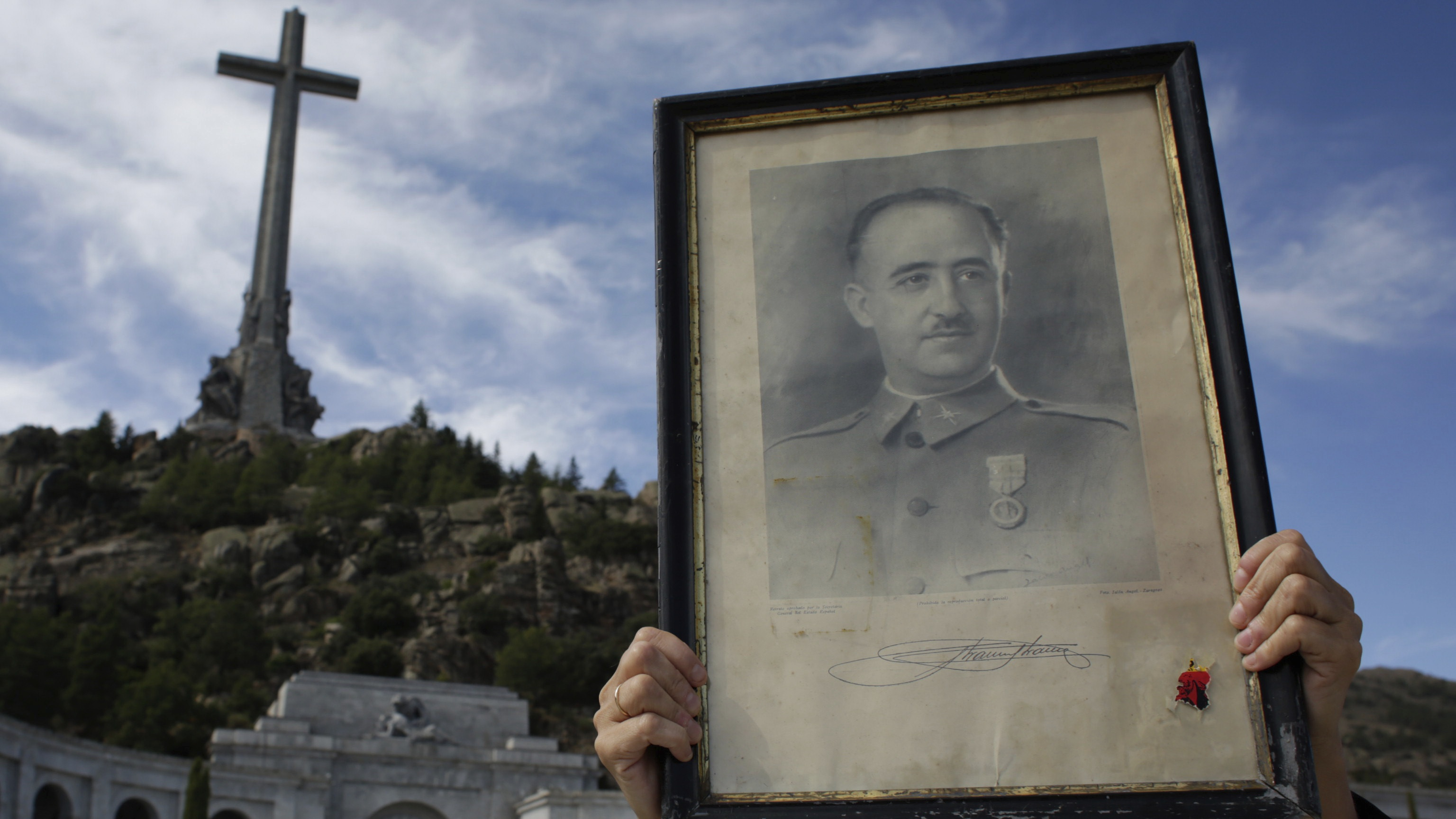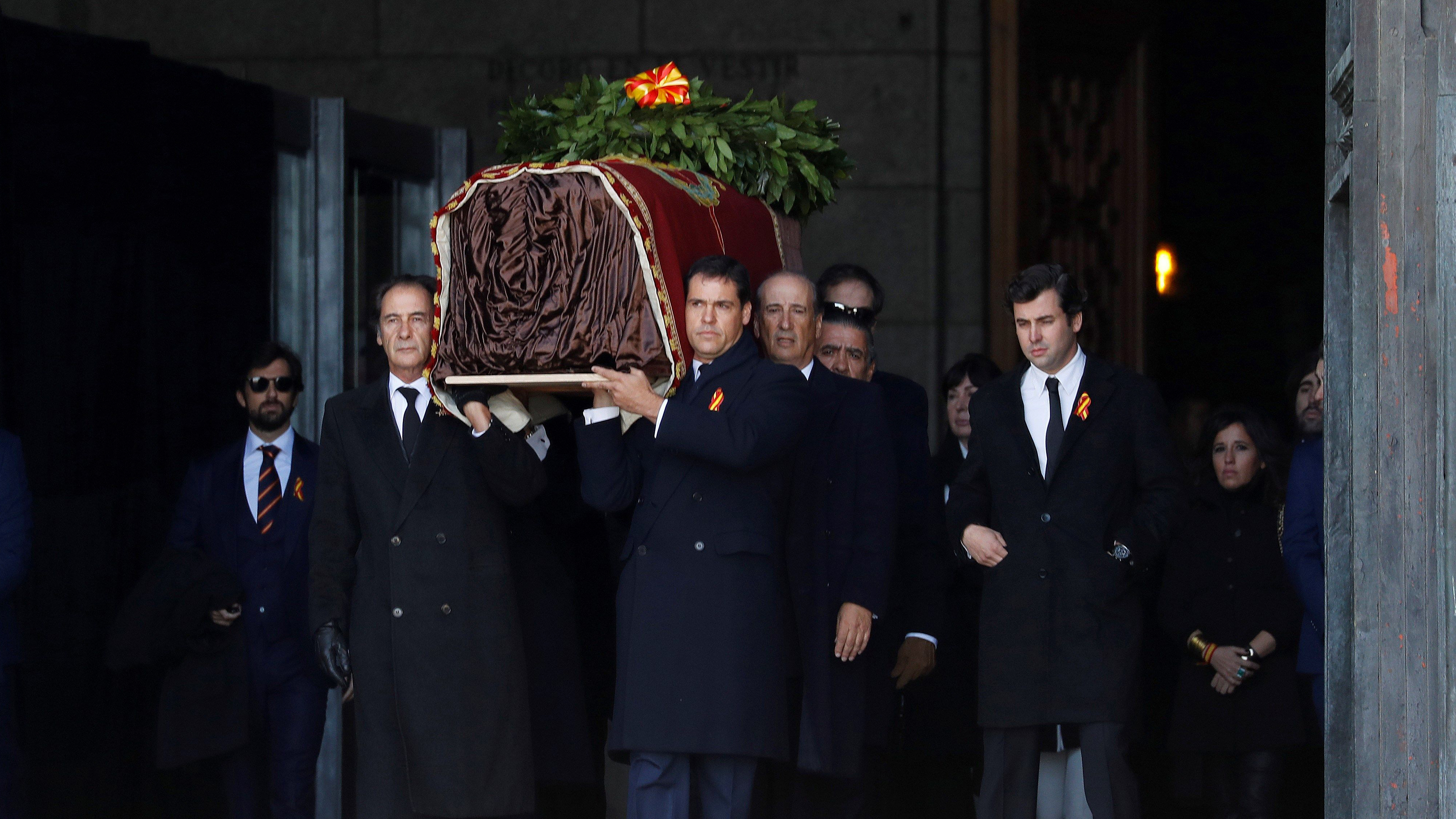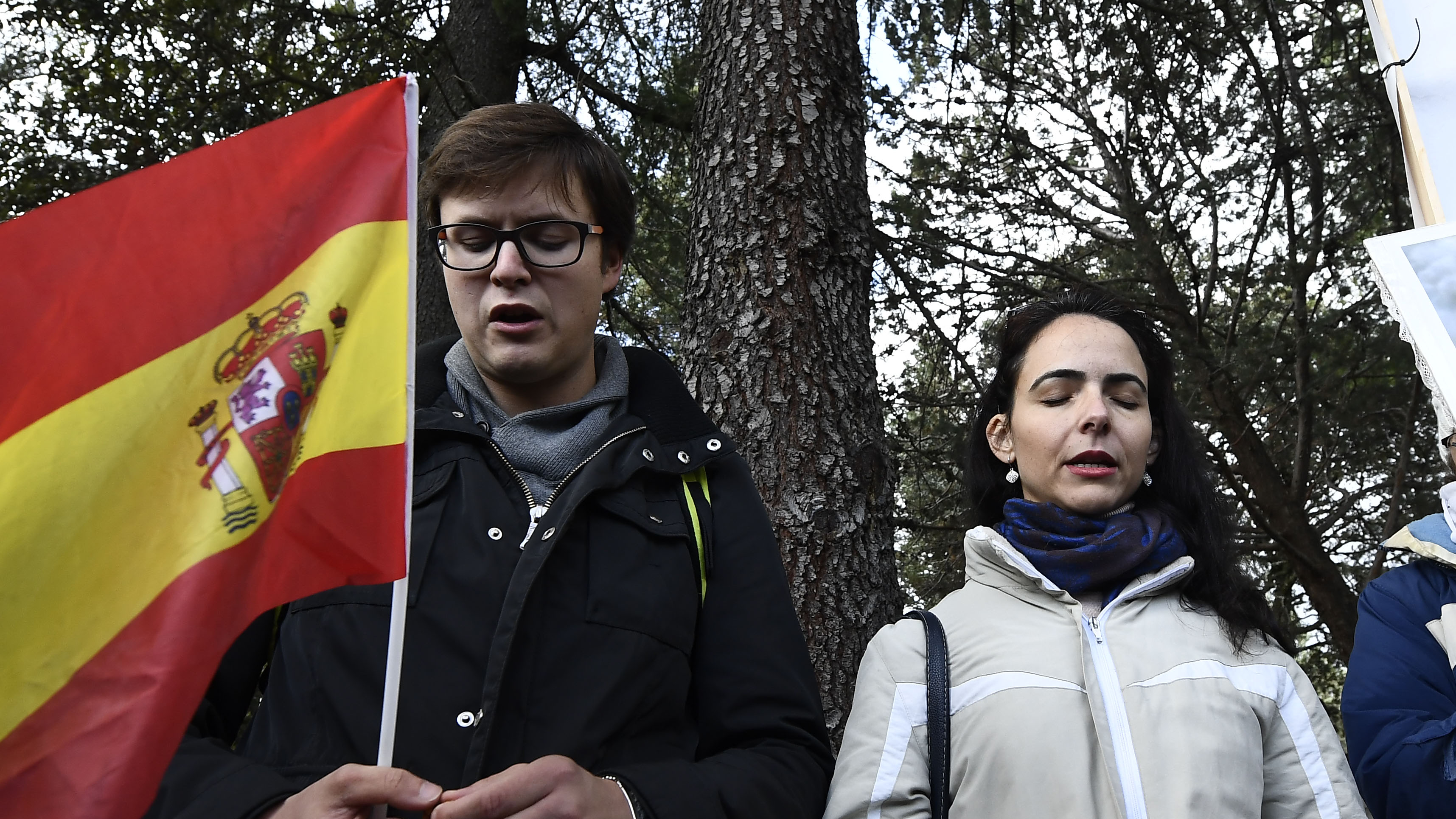02:49

A divided Spain will watch on Thursday as the remains of former dictator Francisco Franco will be moved to a new burial site.
The exhumation of the late general, who ruled from the end of the Spanish civil war in 1939 until his death in 1975, marks a turning point in the country's history.
When Socialist Party prime minister Pedro Sanchez came to power last year, he announced a plan to exhume the body of the former dictator.
Politicians from Spain's center-right parties abstained from the initial vote to exhume the body while nationalists objected loudly.
Who was Francisco Franco?
Francisco Franco came into power after leading an uprising in 1936, leading to the Spanish Civil War that lasted three years.
Before his victory, Franco launched a campaign known as the "Spanish Holocaust," resulting in the deaths and imprisonment of those who opposed him.
By some accounts, he was responsible for the death of 200,000 political dissidents between 1936 and 1945, most of whom were Republicans, Spanish leftists during and before the civil war.
Around 400,000 were imprisoned during the same period, and another half a million fled Spain during this time.

Family members carry the coffin of Spanish dictator Francisco Franco out of the basilica of the Valle de los Caidos (Valley of the Fallen) mausoleum in San Lorenzo del Escorial. (Credit: AFP)
Family members carry the coffin of Spanish dictator Francisco Franco out of the basilica of the Valle de los Caidos (Valley of the Fallen) mausoleum in San Lorenzo del Escorial. (Credit: AFP)
Controversy shortly followed the socialist government's decision to move Franco's body. A legal challenge against the decision was mounted by his grandchildren in May.
They wanted the remains to stay in the Valley of the Fallen, the mausoleum where he was buried, or to the Almudena Cathedral, a church close to the royal palace in Madrid where his daughter was buried.
In a 2018 poll, 41 percent of people in Spain agreed with the decision to move Franco's body while 38 percent opposed the idea. However, 54 percent of people thought it wasn't the right time to move his remains.
After the courts rejected the appeal, Prime Minister Sanchez tweeted: "Today we live a great victory of Spanish democracy. The determination to repair the suffering of the victims of Franco always guided the action of the government.
"The Supreme Court endorses the exhumation of Franco's remains and his transfer to El Pardo. Justice, memory and dignity."
However, Santiago Abascal, leader of right-wing party Vox which has risen to national prominence in recent years, responded: "The socialist campaign begins: desecrate graves, unearth hatreds, question the legitimacy of the monarchy."
Franco's body currently resides in the Valley of the Fallen, a large mausoleum that houses 33,000 people who died during the Spanish Civil War. Before the decision to exhume Franco's body, visitors paid $10 to visit his grave.

Franco supporters pray outside the Valle de los Caidos (Valley of the Fallen) mausoleum in San Lorenzo del Escorial. (Credit: AFP)
Franco supporters pray outside the Valle de los Caidos (Valley of the Fallen) mausoleum in San Lorenzo del Escorial. (Credit: AFP)
Franco is one of two people named in the mausoleum. Jose Antonio Primo de Rivera, the founder of the fascist Falange Espanola, is the only other person with a marked grave.
The county's far-right has turned Franco's grave into a shrine, with supporters gathering in front of it every year on the anniversary of his death. Franco's body will be moved to Mingorrubio El Pardo, a cemetery outside Madrid, where his wife is currently buried.
Only a select group of people will be allowed to watch the exhumation, including his 22 living decedents, some politicians and a priest. In total, removing and reburying Franco's remains will cost $70,000.